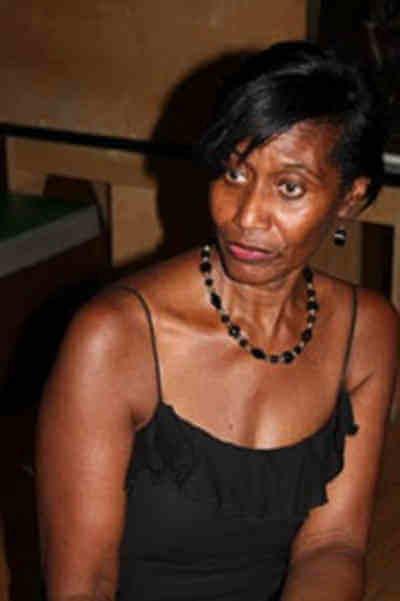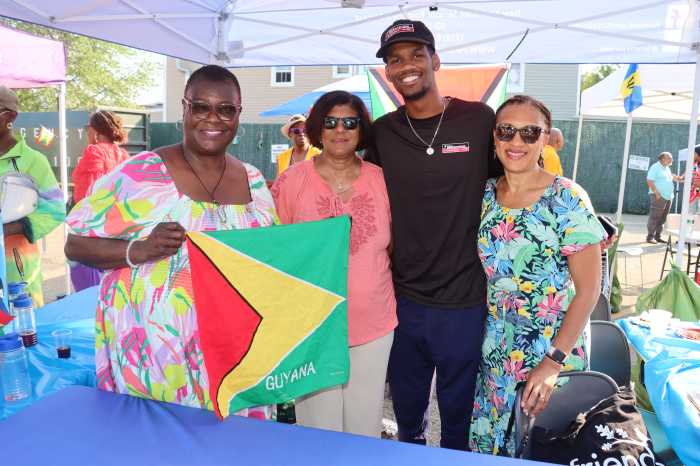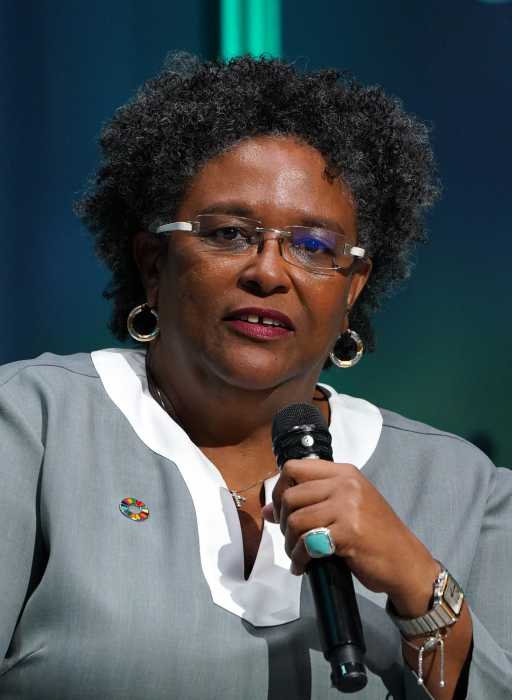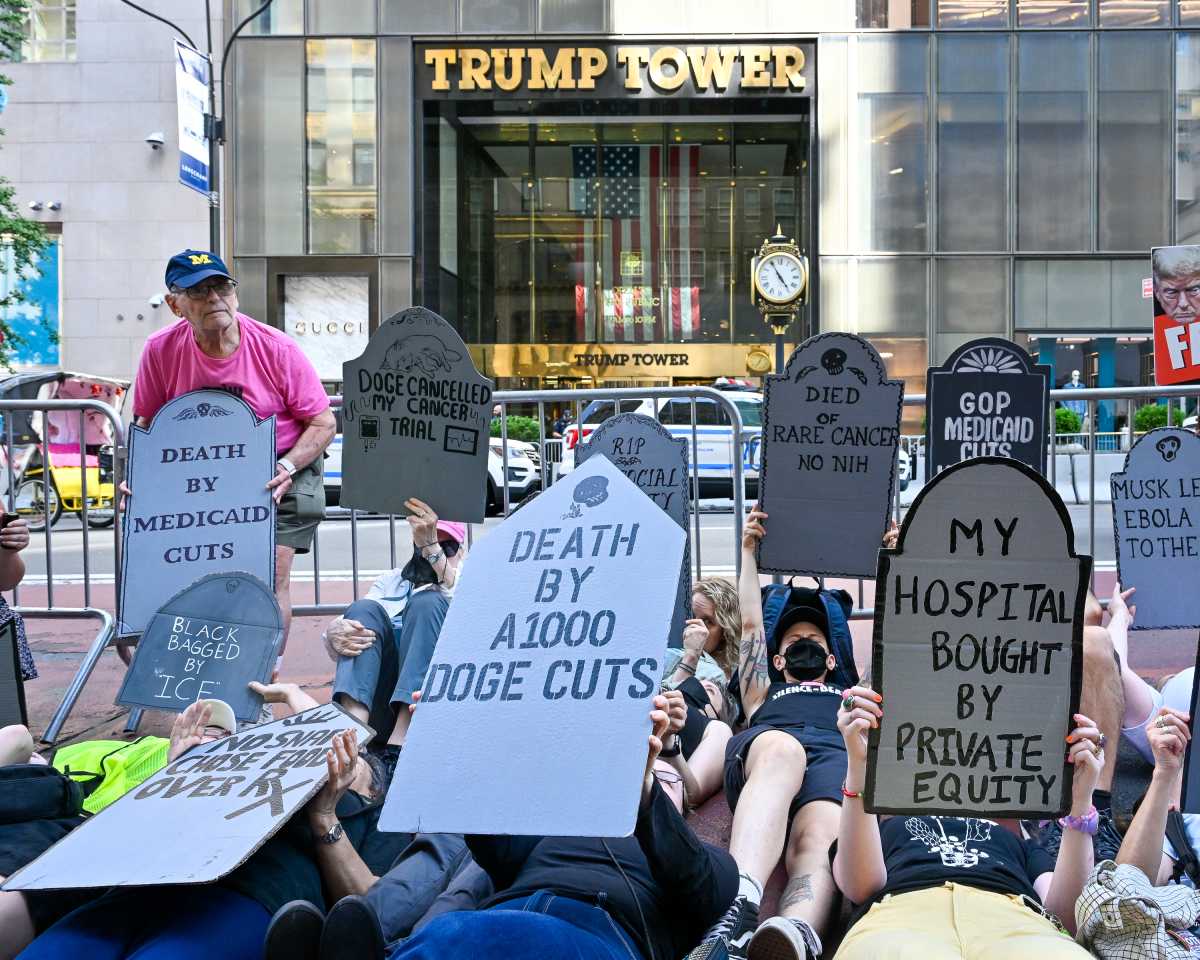It took more than five decades for a Jamaican woman to preside over the West Indian American Day Carnival Association and its most known annual Caribbean fete, which some refer to as the Labor Day parade.
However, Dr. Ionie Pierce, a dedicated volunteer from the island, has broken the glass ceiling and is now the interim WIADCA president.
One year after the celebration of the association’s milestone half-century, St. Elizabeth Parish-born Dr. Pierce received a majority of votes to become the first ever of her nationality to ascend to the top spot.
“I feel honored and privileged to serve in this capacity, particularly since such few women have had the opportunity,” Pierce said.
“Finally!” Gerald Spence, a fellow national and former board member of WIADCA said.
“I wish her every success. I hope the organization will be open to new ideas and understand it is not just a Trinidadian thing. I sincerely hope they will support her.”
“While I was there for 12 years, they treated me as if I was an outsider,” Spence lamented.
Spence said he experienced resistance from the predominant Trinidad & Tobago membership which consisted then of two Guyanese, a Grenadian and one other Jamaican.
“They need diversification.”
As a matter of fact Bill Howard told me he too faced resistance and said this was to be his last year.”
Sadly the America born leader succumbed peacefully in his sleep recently.
“The fact that Dr. Perce is at the helm shows a sign of growth,” Grenadian John Crow Alexander said.
“It is high time a Jamaican lead the organization.”
According to Alexander, it was a dream of Carlos Lezama that the five-day Brooklyn Caribbean end-of-summer event and its organizers of the spectacle move from being a “clandestine’ exclusive” organization to “incorporate” everyone.
Trinidadian Lezama who inherited the unique, annual celebration of Caribbean heritage and culture which first began in Harlem when a Trinidadian resident and costume maker Lionel Rufus Gorin decided to show-off his work.
Gorin reportedly hosted costume parties in grand ballrooms named Audubon, Renaissance and Savoy to showcase his skill.
That was the 1920s.
By the 1940s Jessie Wardell took masqueraders into streets for all of Harlem to see.
According to the late calypso band leader Daphne Weeks and legions of Trinidad and Tobago nationals, although the birthplace of the public showcase was in Harlem, some did not really appreciate the immigrants’ street fete.
She said stones were hurled into the throngs of revelers in order to disrupt the parade.
Ultimately, violence, rivalry and opposition put a stop to the Manhattan pageantry in 1964.
The vast settlement of Caribbean immigrants to Brooklyn seemed an enticement for organizers to seek friendlier pathways. They crossed the bridge and tried numerous routes in the borough where calypso might prove more favorably.
Despite many arrests for not obtaining proper permits, Gorin persevered. On advice from associates, Gorin decided to officially seek proper paperwork. On Oct. 24, 1966, he obtained a charter to form The United West Indian Day Development Association (UWIDDA) which was incorporated in Albany.
Herman Hall publisher of Everybody’s Magazine recalled in a published article that “he allowed his Jamaican friend Lester Isaacs (father of Gregory Isaacs) to be the chairman of UWIDDA.”
Reportedly, Gorin declined leadership because he was more interested in designing costumes than administering an organization.
Hall explained the decision as “an early example of Caribbean inclusiveness by going beyond narrow cultural insularity.”
Much has been written about the genesis of WIADCA.
Hall’s explanation is that there was rivalry between Gorin and the young musician named Lezama who was a member of UWIDDA.
Eventually UWIDDA became WIADCA and in 1971 Lezama emerged as chairman.
That same year, for the first time the parade established a routed along Eastern Parkway.
The Venezuela-born Trinidadian presided for 34 years. He instituted a theme, offered invitations to politicians and mostly provided a platform to stage what has become the largest Caribbean celebration in North America.
Since his passing in 2007, his daughter Yolanda Lezama-Clark took the baton to carry on her father’s legacy and kept it going for 10 years before passing it on to Thomas Bailey in 2015.
One year later Howard was elected president and Angela Sealy named chairperson.
“Dr. Pierce has her work cut out for her,” Alexander added, “it’s a monumental task ahead that carries a lot of weight.
“She will have to contend with resistance from the NYPD, the Sanitation department, the bandleaders, masqueraders, the Jewish community, the sound engineers, construction crews that build the two main stages, the mayor’s office, politicians, her board members and even her own Jamaican people,” Alexander surmised.
“People will quarrel, they will try to derail her but she must prevail,” Alexander said.
“She brings experience, a wealth of knowledge and is no new comer to this because she has been a volunteer with WIADCA for a long time.”
On a web portal for LIM College “Where business meets fashion,” Dr. Pierce is credited with holding a Ph.D. from Capella University an M.P.S. and B.S. from Brooklyn College. She is the former Accounting and Computer Department Manager, James Management Services; Member, Financial Economics Network, Federal Information Systems Security Educators’ Association, National Business Education Association, Eastern Business Education Association, International Association of Computer Information Systems
Most of all Dr. Pierce considers herself “a country girl from St. Elizabeth.”
“That is where the best rum comes from,” she proudly acknowledged during the recent launch of this year’s festivities.
The Jamaica Information Service claims that “The Leydens brothers were among the earliest settlers in the parish, and they are said to have imported Jamaica’s first motorcar.”
St. Elizabeth also boasts to being “the bread basket” of Jamaica due to the rich agricultural production, it provides with the bulk of Jamaica’s vegetable and fruit provisions.
“Its capital city of Black River supports an important shrimp and freshwater fishery. It is among the oldest towns in Jamaica, recorded to be the first to have received electricity.”
Acclaimed for having “diverse geographical patterns” its “landscape is as rich and varied as the heritage of its people.”
“When the Spanish were defeated in 1655, the slaves who did not flee to Cuba retreated to the impenetrable Cockpit Country, which included parts of St. Elizabeth. These fleeing slaves became known as the Maroons and St. Elizabeth remains home to the Maroons of Accompong, one of the most famous Maroon towns in Jamaica.
St. Elizabethans also played an instrumental role in the Sam Sharpe Rebellion of 1831. It is documented that about 20 to 40 percent of the slave population fought in that uprising.
Jamaican feminist, Una Mud Marson, activist and writer was born on Feb.6, 1905 in Santa Cruz, St. Elizabeth.”
She was the first Black female to work for the BBC.
Dr. Pierce adds to the legacy of her parish. She now will be noted as a pioneer — the first Jamaican woman to lead WIADCA , proving that more than sugar cane and rum is fermented in the Jamaica parish affectionately known as St. Bess.
Catch You on The Inside!



























